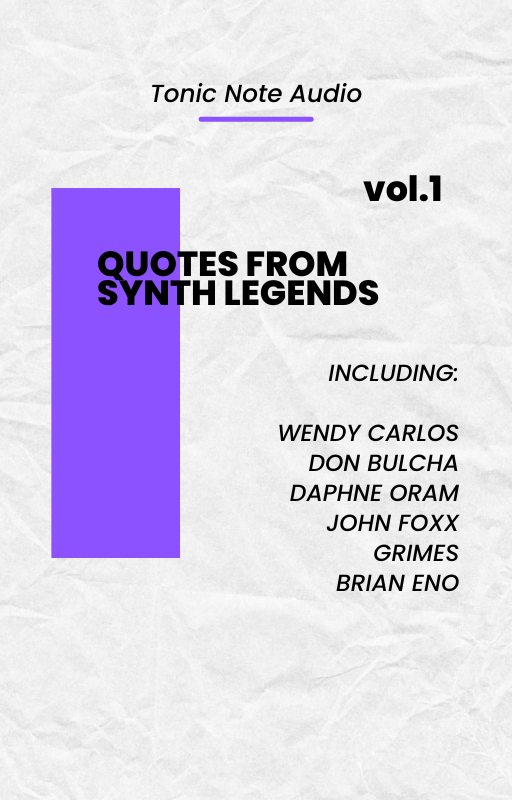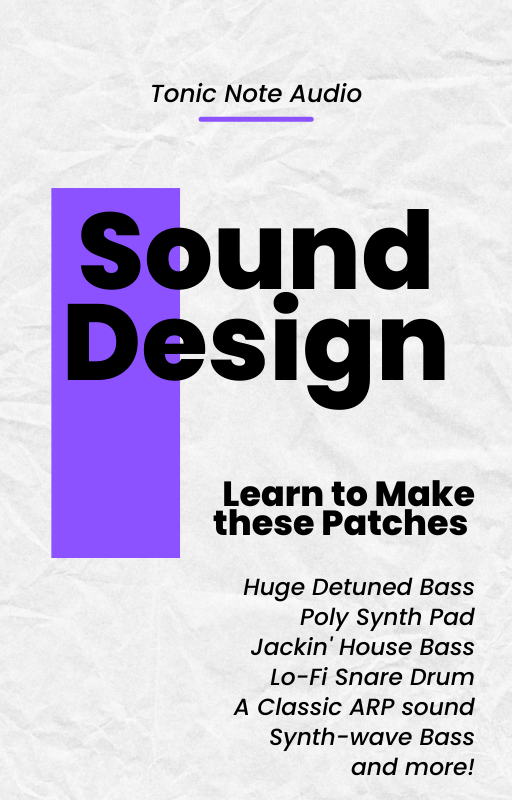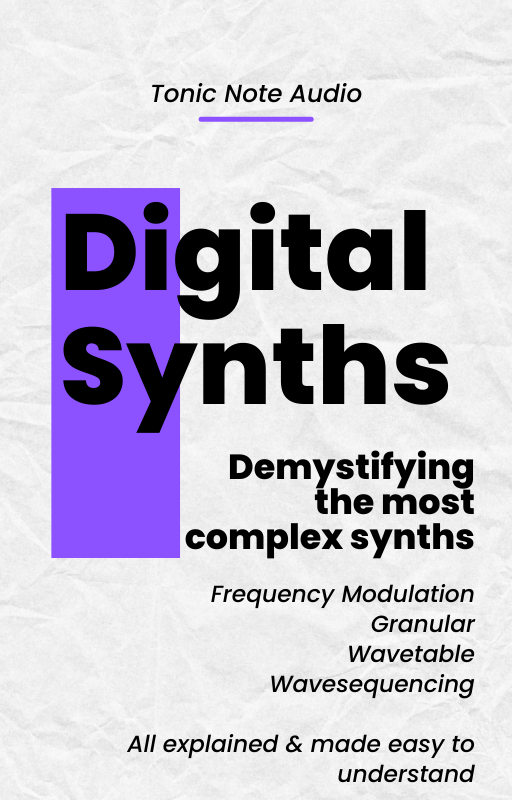3 HARDEST CHALLENGES in Mixing
Slanj Va!
Hello and welcome!
You’ve just found your whisky fuelled music production life coach
In today’s guide, we are going to look at the Hardest Challenges producers face when it comes to mixing their track.
This is important because crafting an awesome mix is one of the main things that will help your track be the best it can be.
So today, we will look at what I think are the top 3 challenges producers face when it comes to mixing - in around a 4 minute read. Enjoy!
Before we start, I just wanted to offer you a free gift!
A free video lesson on arranging and mixing!
Click here to access this amazing tutorial!
1 - Getting completely LOST in the mix
Getting completely LOST in the mix
We’ve all been there, your track is arranged and sounding pretty good. Maybe you’ve done a wee bit of a mix.
But now you’ve just spent the last 4 hours tweaking it and… it sounds WORSE! AH! WTF?!
Don’t beat yourself up, this is common and can still happen to even the most experienced of producers.
One strategy to deal with this, is to have a vision for what you want your mix to sound like before you even touch a fader.
Some producers do this completely in their own imagination, thinking about the sound they want, imagining it, and maybe then working to that goal in their mind.
Others will use reference tracks for the very start to aim to get their sound a bit like their favourite artist.
I don’t like using reference tracks in the creation stage of music production, because I feel like I’ll accidentally start copying the music, riffs, or melodies.
However, using a reference track at the start - and during - your mixing process can be very useful to aim for the professional sound you want to achieve.
How can you hit the target without even having a target to hit?
Try this out to avoid endless tweaking.
Check out my from “NO” to “PRO”
mixing course
Take your mixes from a drab, unprofessional sound to a places that wows your fans and friends.
2 - Developing Your Ear
The best mixing engineers have been doing it for a very long time, and developed their ears and brains to hear sound in a different way to the passive listener.
This is not some talent they are born with however; it can be learned!
And how do you learn it? By finishing more mixes!
The truth is you’re going to have to produce quite a lot of tracks with mixes that aren’t quite there yet so you can get to where you want to be.
There are ways to speed things up along the way. Practising “active listening” is a great exercise. This is when you listen to music, and really try to concentrate on what is happening.
Ask yourself:
What instruments are playing?
How do they interconnect or overlap with another?
Can you hear how the tone changes at certain points?
Is there any automation you can hear?
Is there anything you’d do differently etc?
Looking for monthly inspiration and motivation? Check out our Music Maker’s Social Club
Is this blog right so far? Get in touch and let me know!
3 - Knowing When You’re Finished
My tutor at sound engineer college once said to us
“If you spend more than 20 mins EQing a snare, it BETTER be THE BEST SNARE SOUND IN THE WORLD EVER”
And he made a good point. He knew full well it almost certainly would never be the best snare drum sound ever.
He was trying to teach us that overcooking certain elements eventually is a waste of time. You will get diminishing returns on your effort.
So how do you know when you’ve finished? It is hard to say, but if you follow some of these good practices it’ll help keep you on track and spot when you are wasting time:
Work in 1-2 hr bursts maximum. Your ears need resting otherwise they clench up and are less effective
Take breaks from a mix, for example overnight. You can spot a lot of things the next day.
Refer back to your “vision” for the mix - are you heading to that or veering off on tangents everywhere?
How close is it sounding to the reference track? Can you zone in on certain elements, compare them to the reference, and then adjust from there?
Overall, you’ll know it’s finished when you listen back to it as a bounced file, and can’t hear anything major that needs changing.
It is good to listen to it back as a bounced file because it forces you to listen to it all the way through, without tweaking anything, and really consider the major changes you could make to make it better, rather than the tiny things that are actually fine.
CONCLUSION
Thanks for reading!
Overall I think if you apply these three tricks, you’re mixes will improve a lot!
Have a vision for your mix
Develop your listening skills
Learn to know when a mix is done
Remember, you can still sign up for my free mixing and arranging video tutorial!
This is where I take you through one of my most recent releases, and explain how I arranged and mixed it.











